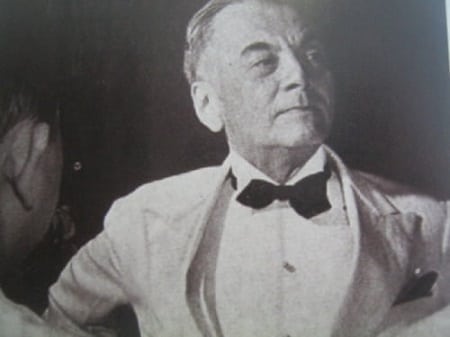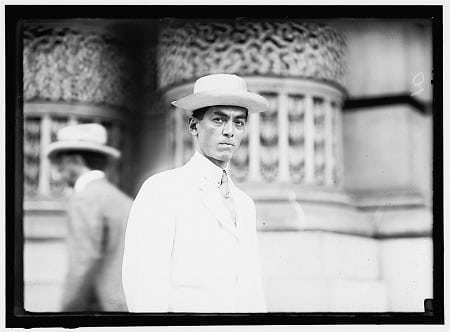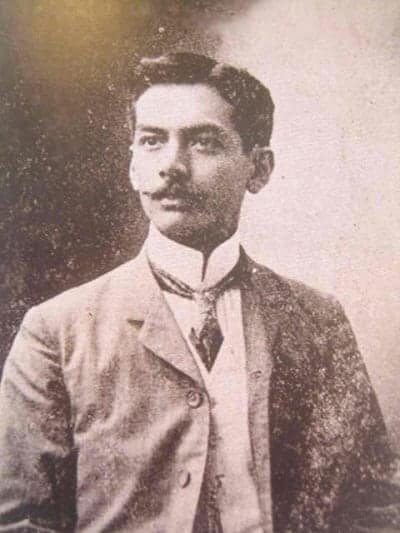15 Mesmerizing Facts About President Manuel Quezon
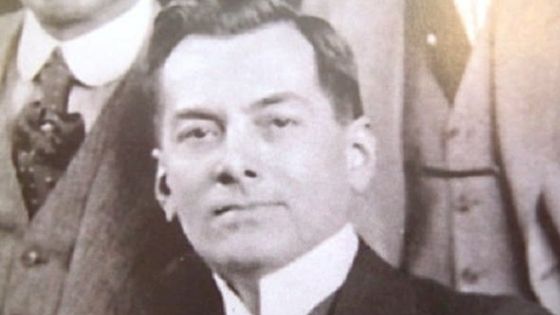
Other than the national heroes, perhaps no other figure in Philippine history receives as much reverence as Manuel Quezon. Loved by his supporters, criticized yet begrudgingly admired by his rivals, Quezon undoubtedly stands as a Filipino leader of the highest caliber.
What better way then, as a tribute to the first president of the Philippine Commonwealth, than to know more about his life, warts and all (he was human after all).
Read on and get to know the man whose name would be forever etched in the annals of Philippine history (along with countless streets and buildings).
READ: Pinoy “Schindler’s List”: How President Quezon Saved Over a Thousand Holocaust Jews
15. He Was a Bright but Lazy Student
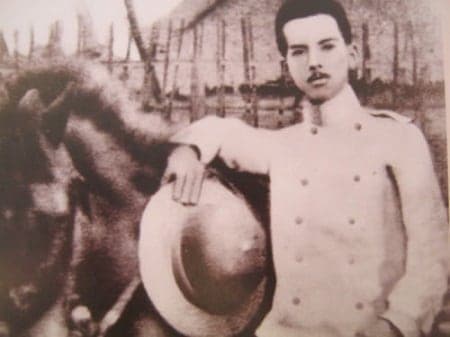
“Bright but lazy” best described Quezon during his schoolboy years, which was ironic since both of his parents were elementary teachers. In fact, Quezon was known to his classmates and teachers as the “gulerato” or bluffer.
To his credit, Quezon had to work at various odd jobs when he resumed his study of law after the Philippine Revolution ended.
14. He adopted someone’s name into his own
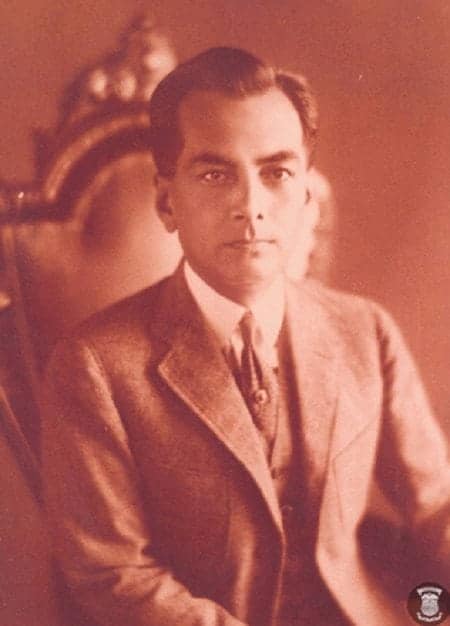
The “Antonio” in Manuel Luis Quezon Antonio y Molina came from someone who happened to be his benefactor. This Antonio was responsible for feeding and housing Quezon during the time when he was still struggling to make ends meet. For his generosity, a grateful Quezon adopted the former’s name as his own.
13. He made his wife cry with a prank
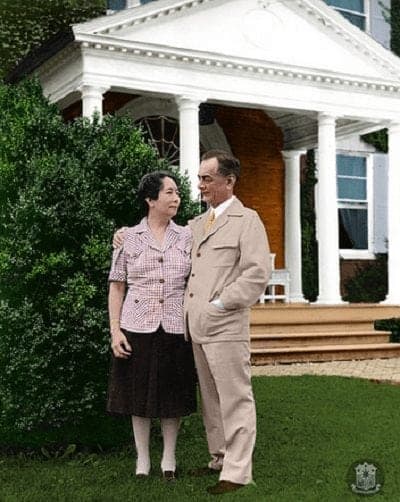
Courting his future wife Aurora, a young Manuel Quezon decided to put her love for him to the test one day.
Going to her house, he wore orange blossoms around his neck which Aurora noticed and asked why. He then answered nonchalantly that he had just been married. Right then and there, Quezon realized that Aurora really loved him when she burst out in tears. They eloped in Hong Kong in 1918.
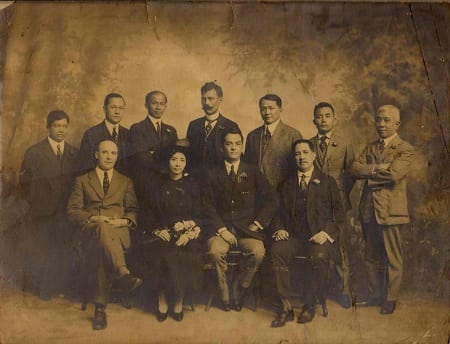
12. He was a gifted pianist
One of Quezon’s lesser-known talents involved his mastery of the piano, as evidenced by the time he single-handedly taught a trans-Atlantic ship’s orchestra how to play the Philippine national anthem.
The orchestra had just finished playing the Polish national anthem but didn’t know the Philippine one. Quezon—although not having played the piano for years—taught it to them by tapping out the tune with just one finger, amazing his co-passengers which included the Polish piano great Jan Paderewski.
Coincidentally, the remains of Quezon and Paderewski would be later placed side-by-side in Arlington Cemetery.
11. He was a brilliant lawyer
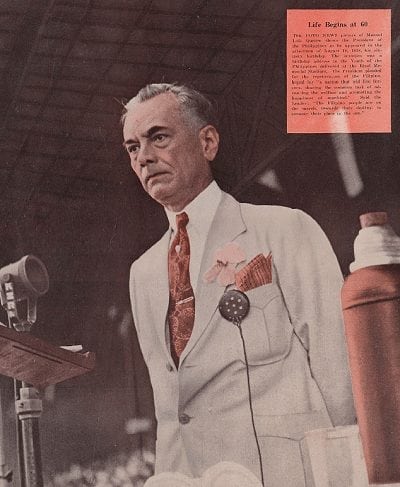
Even if he never became president, Manuel Quezon would still probably have prospered as a lawyer.
After landing fourth-place in the bar exams, Quezon established his law office in his home province of Tayabas where he earned $500 per month. However, he gave up his lucrative private practice and became a local prosecuting attorney for $75.
He achieved national fame for prosecuting—and winning—a much-publicized case against prominent American lawyer Francis Berry who was accused of illicit land transactions. At the time, it was unheard of for a Filipino to prosecute an American.
Quezon himself would credit the publicity generated by this case for allowing him to win the governorship of Tayabas in 1906, a stepping stone towards his involvement in national politics.
10. He initially refused to learn English
An officer in the Philippine Revolution and subsequent Philippine-American War, Quezon, like many of the Filipinos, felt betrayed by the Americans whom they considered to be allies against the Spanish, so much so that he refused to learn English after the rebellion died down.
The turning point came when an American general named Harry Bandholtz befriended him and even offered to pay him to learn English. Although Quezon stopped taking lessons when Bandholtz was assigned elsewhere, he again studied the language when he became Philippine Commissioner in Washington in 1909, becoming proficient in a relatively short amount of time.
9. He almost fought two duels…twice
Due to his fiery personality and propensity for scathing remarks, it’s no wonder Quezon had his fair share of altercations, including nearly fighting two duels in his lifetime.
The first one stemmed from an incident wherein Quezon, then a delegate to the first Philippine Assembly in 1908, was informed of a newspaper article criticizing him. Carrying the newspaper, he rushed into the press office and stuffed it into the editor’s mouth. The editor—a man named Salazar—then challenged Quezon to a duel, to which the latter replied “to hell with you and your duel,” and then went into the office’s back room where he told the pressmen not to work for such “scoundrels.”
The next day, a repentant Quezon found himself the target of all newspapers. However, he was offered solace by Governor General Smith who, being a temperamental Irishman, noted that being criticized by the press was better than being ignored by them.
The second came from political rival Dominador Gomez, an assemblyman and nephew of Mariano Gomez (one of the priests in Gomburza) whose character Quezon criticized before the US Senate. Gomez—himself a fiery rhetorican—challenged Quezon to duel which they scheduled sometime in 1915. Thankfully, it was called off after a mutual friend succeeded in calming them down.
8. He was a talented card player
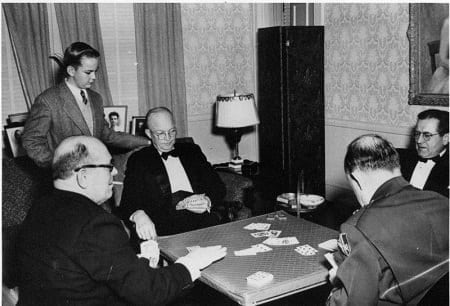
Quezon also had a penchant for the game of cards. According to some accounts, he was reputedly one of the best poker players in his lifetime.
Later on, he took up the game of bridge which quickly became his favorite pastime. In fact, one of his regular partners in card games was Dwight Eisenhower who was also known as the “Bridge Wizard of Manila.”
7. He made his own clothes
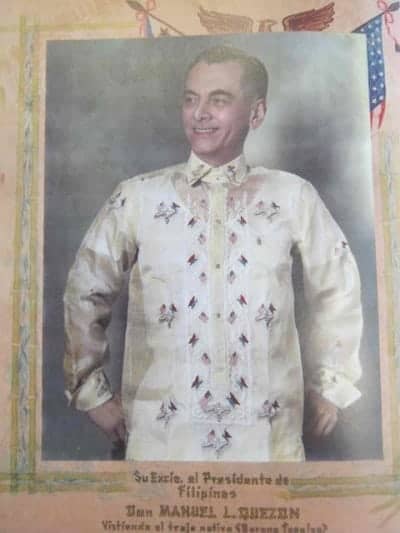
By now, we know that Manuel Quezon liked to dress in style. However, he didn’t just stop at wearing elegant clothes; he actually made his own.
Quezon designed an outfit that could be described as a “semi-uniform of high russet riding breeches, a soft white shirt, and a high-buttoned military tunic with a high collar.” On the other hand, he didn’t always dress to the nines; when receiving visitors at his home, he was said to wear just an open polo shirt. Other times, he received them wearing a Barong Tagalog, which he claimed felt very comfortable.
6. He was an incorrigible playboy
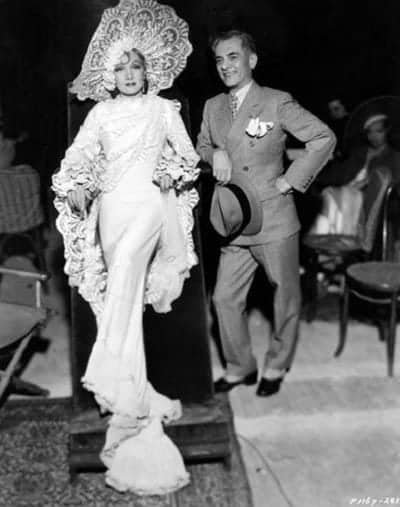
Way back in his youth, Quezon already had the makings of a Don Juan.
It is said that sometime after he received his college degree in Manila and went back to his hometown, he had a romance with the mistress of a local priest with whom he had a quarrel with. During the same period, he also had a dalliance with the girl of a Spanish civil guard officer whom he subsequently assaulted, earning him prison time.
Even marriage could not supposedly extinguish his love for the fairer sex. The late president Diosdado Macapagal recounted that while working as a staff at Malacañang Palace, he would often hear Aurora shouting and searching for her husband, not knowing that Quezon was with a paramour onboard a yacht out at sea.
Quezon also joked that he used to have a mustache but had to shave it because it “tickled the girls too much.”
5. He paid MacArthur $500,000
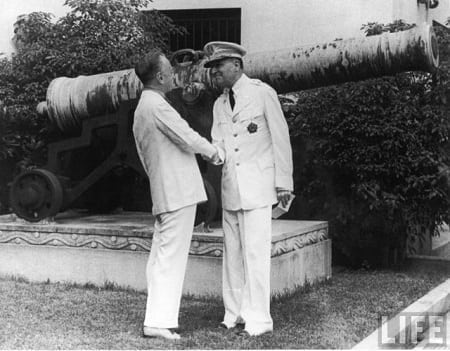
One huge controversy that erupted during World War II involved Quezon giving American general Douglas MacArthur $500,000.
Although the official statement said that it was “in recognition of outstanding service to the Commonwealth of the Philippines,” much has been speculated as to the real nature of the payment, as well as its significance.
Was it a bribe to allow Quezon to leave the US or was it his way of practicing “utang na loob?” Did the money influence MacArthur to liberate the Philippines? Historians have been debating those points up until now.
4. He tried to secure a neutrality pact with the Japanese
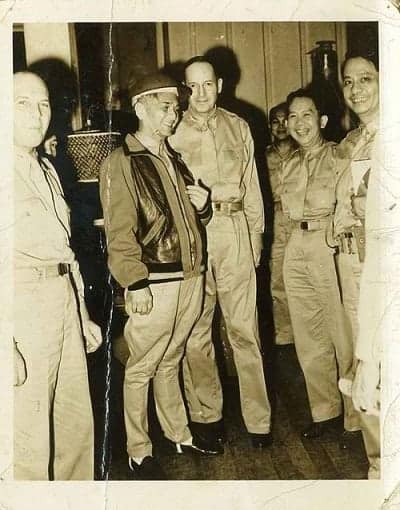
Even before World War II began, Quezon was already mindful of the Japanese intent to invade the Philippines due to its natural resources. So in June 1938, he secretly went to Tokyo to negotiate a neutrality pact.
Of course, word of his secret trip got out and irked General MacArthur who had been selected by Quezon to beef up the islands’ defenses. The incident soured the two men’s relationship for a time.
When war did break out, Quezon repeatedly expressed his frustrations at the lack of American support in the Philippines and its policy of assisting Britain first. He was known to have uttered “Que demonio! How typical of America to writhe in anguish at the fate of a distant cousin, Europe, while a daughter, the Philippines, is being raped in the back room!”
During those times he also thought of pleading the US for independence so that the Philippines could at least announce neutrality and end the war.
3. He was a people’s president
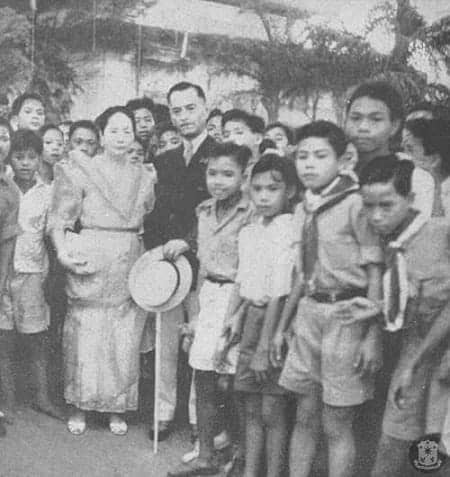
In spite of his taste for high-class clothes and foreign junkets, the Castilian Quezon was truly a president for the masses. Numerous stories and anecdotes have been attributed to him dropping in unannounced on government offices to conduct surprise inspections. He was also known to mingle and eat lunch with common folk and listen to their problems.
Twice, he ordered the immediate release of two inmates, one of whom was sentenced to serve a month in prison for urinating in public. The other one, a cart driver living on 15 cents a day, was convicted for making bombs. Regarding his crime, Quezon quipped, “No wonder you are a bomb-thrower, no one can live on fifteen cents a day” and had him released.
Quezon’s empathy for the masses stemmed from his own experience; coming from a family that was not really well-off but had enough to go by, Quezon—just like his wife—connected with the plight of the lower classes. During his private practice, he worked for the poor pro bono while placing exorbitant fees on his wealthy clients. In fact, he considered himself to be “almost a communist.”
2. He was a bureaucrat’s worst nightmare

Aside from making unannounced inspections, Quezon’s legendary impulsiveness dictated that he wanted the job done immediately, or else.
A story goes that Quezon once threatened a group of legislators who weren’t doing their work quickly that he would send a personal letter to the newspapers condemning them as incompetent.
And if Quezon did not like the work done, a fiery admonishment on the hapless target was sure to follow, along with a generous serving of his favorite curse word “pun—a.”
1. He was a bonafide statesman
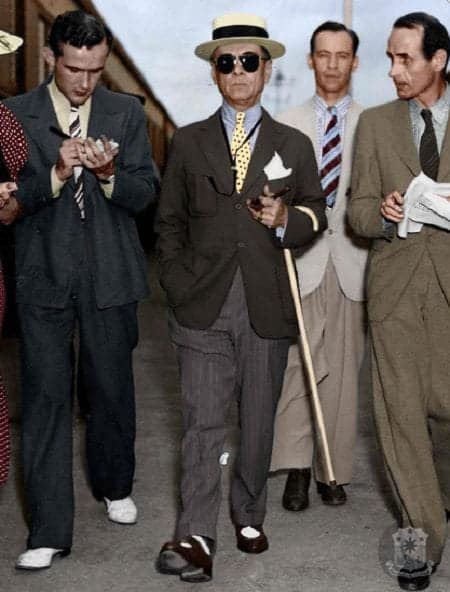
Although he was a superb politician, Quezon realized the importance of a united government and people in its struggle for independence, so he did his very best to be as non-partisan as possible.
He hated nepotism; once, he expelled his own nephew along with the latter’s army cadet group after they had been convicted of hazing, ignoring his wife’s pleas for mercy and stating that it should serve as a lesson to everyone in the military.
The nephew and his fellow cadets were eventually allowed their commissions—but only after serving a year-and-a-half as privates. When the same nephew had been assigned to guard the Palace and Quezon discovered that his wife had been feeding him in the kitchen, he ordered her to stop or else feed the rest of the guards as well—all two hundred of them.
He also one-upped his wealthy patrons who had sponsored his campaign for the presidency and who apparently wanted concessions. After winning the elections, he called them for a meeting, gave his thanks, and stated that he did not expect them to ask for any favors since they were far too honorable to engage something as dirty as bribery.
Suffice to say, those in attendance were too dumbfounded to say anything.
Selected References:
Doronila, A. (2011). Manuel Luis Quezon—a strongman Filipinos need. Philippine Daily Inquirer. [online] Available at: http://opinion.inquirer.net/10215/manuel-luis-quezon%E2%80%94a-strongman-filipinos-need [Accessed 12 Aug. 2014].
Flores, W. (2002). Sex, Lies & Public Service. The Philippine Star. [online] Available at: http://www.philstar.com/sunday-life/173399/sex-lies-public-service [Accessed 12 Aug. 2014].
Gunther, J. (1939). Inside Asia. 1st ed. Harper & Brothers.
Holland, M. (2001). Eisenhower Between the Wars: The Making of a General and Statesman. 1st ed. Greenwood Publishing Group, p.61.
Warren, J. (1980). $500,000 from Philippine leader may have influenced MacArthur. The Ledger, [online] p.12A. Available at: http://news.google.com/newspapers?nid=1346&dat=19800130&id=u4EsAAAAIBAJ&sjid=0_oDAAAAIBAJ&pg=6968,4861484 [Accessed 12 Aug. 2014].
Featured image courtesy of “Manuel Luis Quezon” by Edgardo J. Angara and Sonia P. Ner.
FilipiKnow
FilipiKnow strives to ensure each article published on this website is as accurate and reliable as possible. We invite you, our reader, to take part in our mission to provide free, high-quality information for every Juan. If you think this article needs improvement, or if you have suggestions on how we can better achieve our goals, let us know by sending a message to admin at filipiknow dot net
Copyright Notice
All materials contained on this site are protected by the Republic of the Philippines copyright law and may not be reproduced, distributed, transmitted, displayed, published, or broadcast without the prior written permission of filipiknow.net or in the case of third party materials, the owner of that content. You may not alter or remove any trademark, copyright, or other notice from copies of the content. Be warned that we have already reported and helped terminate several websites and YouTube channels for blatantly stealing our content. If you wish to use filipiknow.net content for commercial purposes, such as for content syndication, etc., please contact us at legal(at)filipiknow(dot)net
